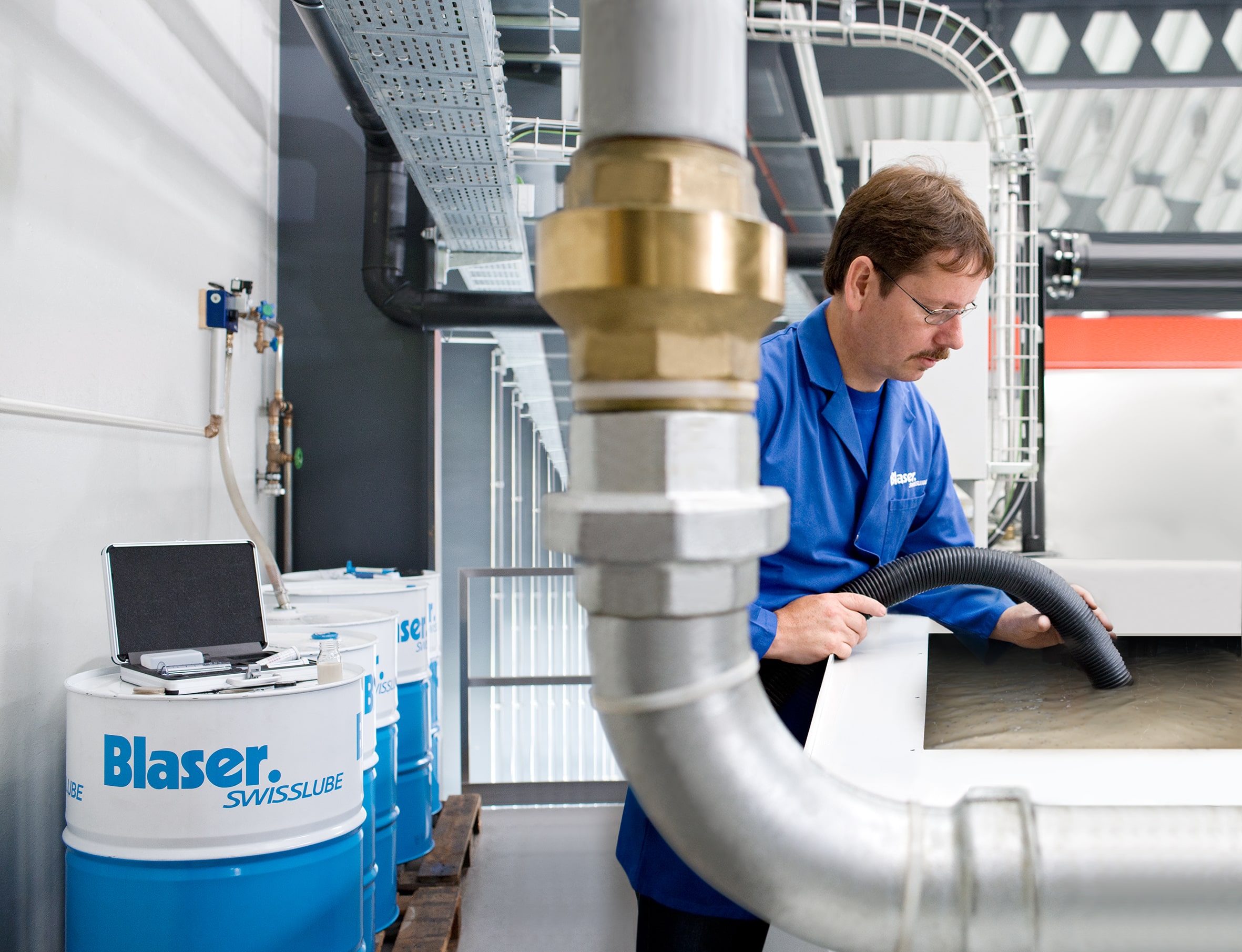Artificial Intelligence – Transforming the World

Artificial Intelligence – Transforming the world
What is Artificial Intelligence in Layman’s terms? A mathematician Alan Turing in 1950 defines it simply: “Can machines think?” Turing’s paper “Computing Machinery and Intelligence” (1950), and its subsequent Turing Test, established the fundamental goal and vision of artificial intelligence.
At its core, AI is the branch of computer science that aims to answer Turing’s question in the affirmative. It is the endeavor to replicate or simulate human intelligence in machines.
Earlier lot of experiments and research grants were provided in American universities on this subject in understanding the behavior of humans and its development in robots. Even the toddler’s mind was studied how they detect color or alphabets or how they react to emotions. Many neural networks were studied, and experiments were tried in machines to replicate the same.
Some of the significant breakthroughs in the last decade are:
The 2000s
- (2005) STANLEY, a self-driving car, wins the DARPA Grand Challenge.
- (2005) The U.S. military begins investing in autonomous robots like Boston Dynamics’ “Big Dog” and iRobot’s “Pack Bot.”
- (2008) Google makes breakthroughs in speech recognition and introduces the feature in its iPhone app.
2010-2014
- (2011) IBM’s Watson trounces the competition on Jeopardy!
- (2011) Apple releases Siri, an AI-powered virtual assistant through its iOS operating system.
- (2012) Andrew Ng, founder of the Google Brain Deep Learning project, feeds a neural network using deep learning algorithms 10 million YouTube videos as a training set. The neural network learned to recognize a cat without being told what a cat is, ushering in the breakthrough era for neural networks and deep learning funding.
- (2014) Google makes the first self-driving car to pass a state driving test.
- (2014) Amazon’s Alexa, a virtual home is released
2015-2021
- (2016) Google DeepMind’s AlphaGo defeats world champion Go player Lee Sedol. The complexity of the ancient Chinese game was seen as a major hurdle to clear in AI.
- (2016) The first “robot citizen”, a humanoid robot named Sophia, is created by Hanson Robotics and is capable of facial recognition, verbal communication, and facial expression.
- (2018) Google releases natural language processing engine BERT, reducing barriers in translation and understanding by machine learning applications.
- (2018) Waymo launches its Waymo One service, allowing users throughout the Phoenix metropolitan area to request a pick-up from one of the company’s self-driving vehicles.
- (2020) Baidu releases its Linear Fold AI algorithm to scientific and medical teams working to develop a vaccine during the early stages of the SARS-CoV-2 pandemic. The algorithm can predict the RNA sequence of the virus in just 27 seconds, 120 times faster than other methods.
The article gives insight into AI contribution to various sectors improving people’s lives and making a greater impact day by day. AI technology has disrupted the Automotive industry with Autonomous and connected cars. AI is instrumental in solving problems of manufacturing for quality products. The supply chain is a very crucial part of all the industries and AI’s capability of intelligent decision-making in real-time is adding value. Today, AI predictive intelligence is seen as a great contribution to the reduction of carbon footprints. There are certain challenges with AI which are also brought to notice through the article.
Artificial intelligence (AI) is a tool enabling the integration of information, analysis of data, and use of the resulting insights to improve decision making. AI is already getting exploited and altering the normal way of thinking and challenging the conventional ways of doing things.AI technology is transforming the world.
Today, AI is not a futuristic vision it’s there being integrated and deployed in various sectors as National security, Healthcare, and Manufacturing and making an impact on the world and augmenting human capabilities in significant ways.

Photo courtesy: Cio.com
The automotive industry has always kept up with the latest technologies to bring efficient, innovative, and safe vehicles to market, while continually working to cut manufacturing costs. Today, these technologies include artificial intelligence and high-performance computing.
Automakers around the world recognize that these smarter vehicles are clearly the future, and they know they can’t get there without AI.AI now cover the entire driving experience. Here are some of the diverse ways in which automobile manufacturers are using AI to deliver a safer, more efficient driving experience while streamlining their processes to contain costs:
- Drivers assist —Advance driver-assist features integrated in today’s cars and trucks is AI which alert drivers to hazardous road conditions, monitor blind spots in the driver’s view, assist with steering, and take automated actions to help vehicles avoid accidents and dangerous situations.
- Autonomous vehicles — In the automotive industry, autonomous vehicles are gaining popularity at rapidly. Manufacturers partnering with technologyand service providers are in race to develop AI-driven systems to enable self-driving cars and trucks. These systems incorporate a wide range of AI-enabled technologies, such as machine learning neural networks, natural language processing and gesture-control features, and act as brains for vehicles that can safely drive themselves, with or without a human driver on board.
- Connected vehicles — AI is an essential technology for connected vehicles. For example, AI can watch for and predict component failures, so vehicle manufacturers and owners can work proactively to avoid problems. It can also provide drivers with location‑based information and personalized advertising to help them find the things they need. Similarly, AI-enabled systems can send driving and accident data to insurance companies, which might offer incentives for safe driving habits. MG has incorporated the driving pattern analysis feature in AI powered Astor.
- Manufacturing — AI enables applications that span the automotive manufacturing floor. Automakers can use AI-driven systems to create schedules and manage workflows, enable robots to work safely alongside humans on factory floors and assembly lines, and identify defects in components going into cars and trucks. These capabilities can help manufacturers reduce costs and downtime in production lines while delivering better finished products to consumers.
- Supply chain —In today’s global economy, automotive manufacturers have extremely complex supply chains that span many geographies. Any disruption in the supply chain can be extremely costly. AI technology can benefit the manufacturers a lot by gaining greater control over their supply chains, including processes for planning, logistics, inventory tracking and management. For example, AI-driven systems can predict complex interactions between production units and automate requests for parts, labor, tools, and repairs.
AI technology in Auto Industry
MG Motor India has introduced an industry-first personal AI assistant
It’s first-in-segment Autonomous Level 2 technology in mid-size SUV – Astor in India. MG aims to further its auto-tech focus by building on the concept of Car-as-a-Platform (CAAP) of possibilities and services.
MG cars are crafted using Artificial Intelligence (AI) to enable the development and application of services and subscriptions to support the ‘on-demand in-car needs of the customers. Astor is the first car to get a personal AI assistant in the company’s global portfolio.
The personal AI assistant is designed by the acclaimed American firm ‘Star Design’. It depicts human-like emotions & voices and can give detailed information on every topic through Wikipedia. It engages with people in the car and is powered by i-Smart Hub. It is a platform on which the partnerships, services, and subscriptions of CAAP will reside. It will allow customers to personalize their set of services.
The Autonomous Level 2 MG Astor is powered by mid-range radars and a multi-purpose camera that can realize a series of advanced driver-assistance systems (ADAS). These include
Adaptive Cruise Control, Forward Collision Warning, Automatic Emergency Braking, Lane Keeping Assist, Lane Departure Warning, Lane Departure Prevention, Intelligent Headlamp Control (IHC), Rear Drive Assist (RDA), and Speed Assist System amongst others.
These functions can significantly improve driving safety and comfort and they have been further optimized for Indian traffic conditions.
MG aims to further its auto-tech focus by building on the concept of Car-as-a-Platform (CAAP) of possibilities and services for its consumers.

Photo courtesy : Timesnow news
- Spanish carmaker SEAT is using drones to deliver components from a logistics center to its assembly line in Martorell, Spain

Photo courtesy: SEAT SA
Partnering with logistics services provider Grupo Sesé, Spanish carmaker SEAT SA has implemented a pilot project to use drones to deliver components from Grupo’s logistics center to its assembly line in Martorell, Spain, in just 15 minutes.
Initially, the drones will be used to periodically transport steering wheels and airbags to the plant. If the project goes well, the service could be expanded. “Drone transport is going to revolutionize logistics at SEAT, where it will reduce part delivery time by 80 percent,” says Christian Vollmer, Ph.D., SEAT’s vice president for production and logistics.
- At BMW’s assembly plant in Munich, spot-welding tongs are equipped with sensors to measure friction levels three times per shift. The data they produce is constantly evaluated by software, allowing potential machine failures to be predicted.
- Mercedes-Benz assembly plant in Bremen, Germany is using Big Data in Bodyshop forPart production

Photo courtesy: Internet
The Mercedes-Benz assembly plant in Bremen, Germany, has deployed a new body shop. Unlike a traditional body shop, where individual parts are produced in line, the new shop consists of various production cells, called “cubes,” that can be flexibly combined with each other. The cubes are fully networked with each other to take advantage of big data.
- Augmented Reality Aids Assembly of EV Motors at Porsche
Challenge was when assemblers stack sheet metal laminations onto a shaft to make the rotor for an electric motor. For electromagnetic reasons, there are numerous variants with small geometric differences, which are not visible to the human eye. In this case, an error-proof design is not an option.
This was the challenge presented to manufacturing engineers at Porsche’s assembly plant in Zuffenhausen, Germany, where the company’s Taycan electric sports car is made. To solve the problem, engineers worked with Munich-based start-up Viscopic to develop an error-proofing system using augmented reality, machine vision, and CAD models.
The system working: A high-resolution camera scans the parts to identify the subtle geometric differences between them. The vision system identifies the parts by comparing the images with the original CAD files for the parts. The system then forwards this information to a set of smart glasses worn by an assembler. Through augmented reality, the glasses instruct the assembler which parts to pick and how to assemble them. Assemblers can also use the glasses to access instruction and troubleshooting manuals that help them when performing their work without taking their eyes or hands off the product. The technology was created, tested, and deployed in just 100 days.
“The digital solution that Viscopic developed is protecting against the incorrect component installation,” says Tobias Schmack, technology developer for Porsche’s electric drive planning department.
Key takeaways
We are living through the AI age where technology is evolving every day. The global issue of Environmental protection is also getting addressed by using AI technology.AI has a great potential to contribute toward our Environment ecology and sustainability working models seen in the example of the supply chain through drones reducing carbon footprints of vehicular pollution and this has been recognized by industries globally.
A study by the McKinsey Global Institute predicts that, over the next two decades, AI will enable autonomous vehicles to become mainstream while transforming most aspects of the auto-manufacturing process, from research and design to project management and business support functions. Though, a few challenges would be to get trained manpower to support ever-evolving AI technology, Lack of computation speed with ever-increasing data, Strong Legal framework on AI. There is a long way to go in the Indian automotive industry.

Authored By – Sameer Jindal, Director MG Motor India .





